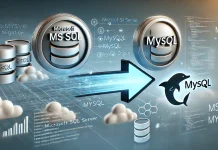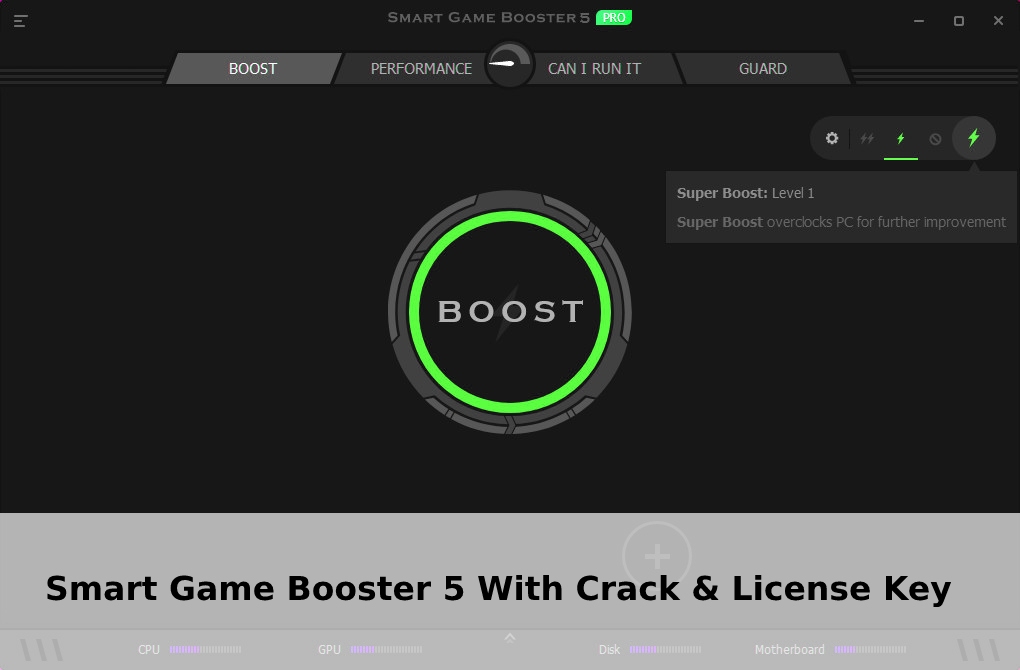The most common way to connect devices on a network is via Ethernet, using a cable. This allows the devices on the network to communicate with each other using a common network language or protocol.
When these devices are too remote to be connected via cable, a radio-based connection can be used. If the volume of data or information is low and speed is not critical, serial radio tech can be used to link the devices, but in most cases, this old technology is simply not up to scratch.
The answer is an Ethernet radio network.
Ethernet Radio
An Ethernet radio uses wireless radio technology to connect two or more devices and allow them to communicate. This connection can handle high-volume, high-speed data. As long as it is properly updated and maintained, the data transmission is secure and totally stable and reliable.
An Ethernet radio network can be compared to WiFi, except it can work over much larger distances, handle far more data, and the equipment is far more compact and robust.
Data can be transmitted to and from various devices on the network at the same time. An Ethernet radio network is highly scalable, and because it uses software defined radios, it can be modified or upgraded remotely with very little downtime.
Software Defined Radio
In a software defined radio (SDR), the functions that usually reside in hardware in analog radios are done by software. This means the Ethernet radio network can be updated, upgraded, have new functions added, and can be expanded as needed, all online and remote. This is both cost-effective and fast.
As long as the firmware is regularly updated and maintained, an Ethernet radio network will remain secure, functional, and able to transmit massive amounts of data between devices. Because of the requirements of organizations that use Ethernet radio networks, their devices are often OEM modules.
OEM Modules
OEM modules are essentially radio frequency (RF) devices adapted to work in wireless networks. These can be serial or Ethernet radios, but most organizations that require such networks also need the speed and power of Ethernet radios.
OEM modules are physically small and light enough that they can be incorporated into the constraints inherent to many Ethernet network applications. The term used for these dimensions is “small form factor.”
Benefits of OEM Modules
OEM modules are compact SDRs that offer multiple frequencies, selectable radio frequencies and modulations, feature adjustable output to suit specific applications, and are compatible with a wide range of other serial and Ethernet radios.
OEM modules can work across almost all kinds of networks. They are usually encrypted to ensure the security of all data that flows in the network. Ethernet radio networks running on SDR OEM modules are used in a diverse range of situations where massive data has to be shared in complex networks, and do so seamlessly, securely, and very reliably.
Ethernet Radio Network Applications
You would find an Ethernet radio network in remote or hazardous situations where internet or cellular access is not available or practical. These applications are usually large in scale and depend on solid and reliable data flows.
Military
The military needs secure and reliable communications, very often far removed from conventional communications channels. They use Ethernet radio for strategic and tactical command and control. Robots and drones also use the same technology, and the small size and weight of OEM modules are particularly useful in these applications.
Oil and Gas Industry
Oil and gas installations are often remote and require significant data communications to ensure optimal operations and safety. It uses Ethernet radio for supervisory control and data acquisition (SCADA) to monitor operations, keep track of pressure in their systems, and open and close valves or control pumps remotely.
Big Ag
The agriculture industry uses Ethernet radio networks to steer large equipment like harvesters and planters via GPS, to measure soil moisture levels, and control irrigation systems.
Utilities
Utilities use this technology to monitor their complex systems and control equipment like water mains pumps, valves, storage dam sluices, and flow volumes.
Logistics and Warehousing Automation
Industrial scale warehousing, logistics, and fulfillment facilities have to track millions of items across vast distances. Ethernet radio networks can track containers, trucks, planes, ships and trains, and make sure everything arrives on time and in good order.
Environmental Monitoring
Measuring thousands of remote sensors and gauges in real time requires massive data communication capacity. Ethernet radio is the only way to do this.
Industrial Scale Data Communications
Ethernet radio networks are the only way to satisfy industrial-scale data transfers. A large, remote offshore gas platform can easily transfer a Terabyte of data in a day. There is currently no other way, aside from Ethernet radio, that this could be done cost-effectively, if at all.








